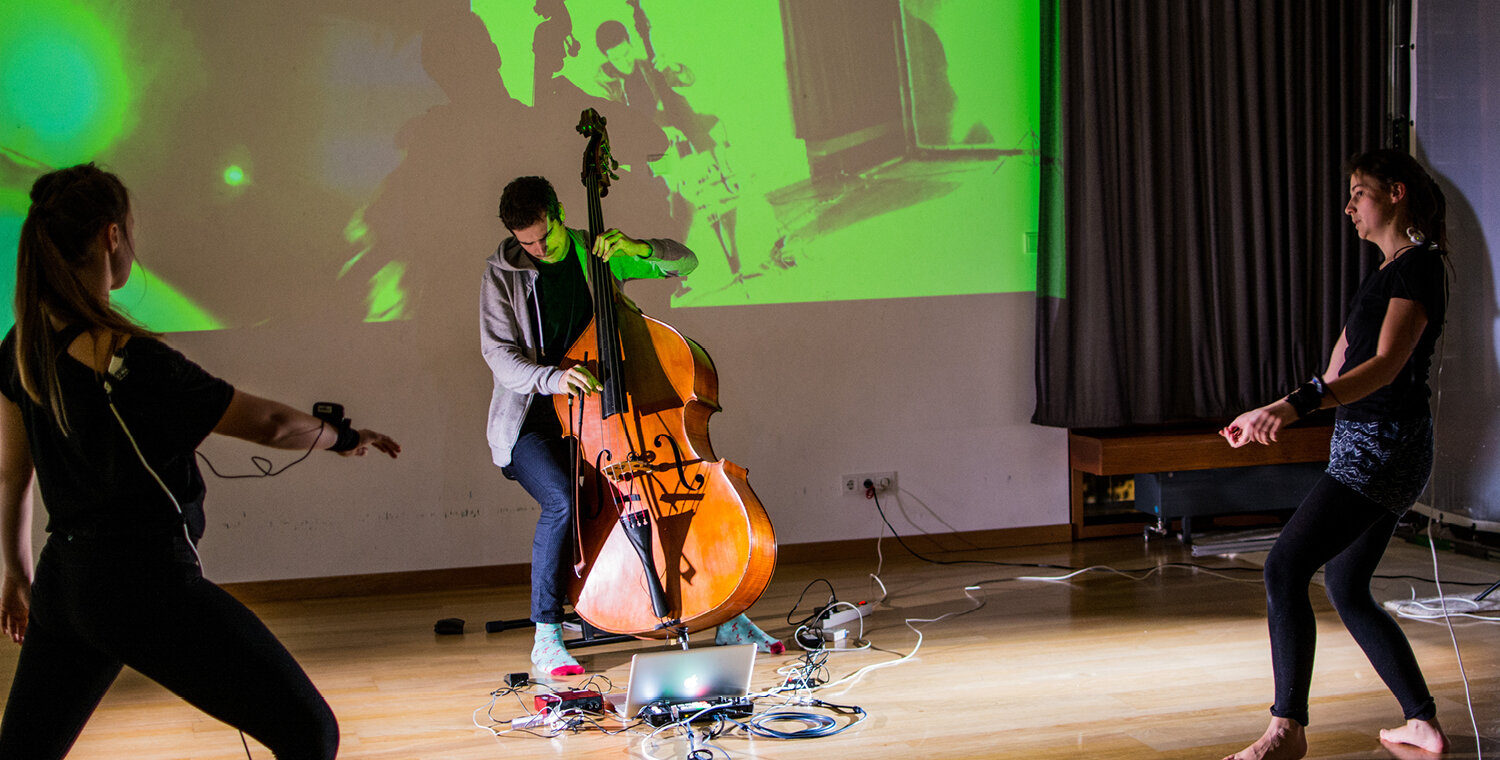State Center MUSIK-DESIGN-PERFORMANCE
The State Center MUSIK–DESIGN–PERFORMANCE at the Trossingen University of Music builds bridges between the traditions of artistic discipline and the innovative approaches of our digital age for musical practice, research, and teaching. In the sense of a studio, it creates new spaces for the preservation and updating of the musical-artistic heritage, as well as formulating musical design claims and scrutinizing media sound design.
Projects
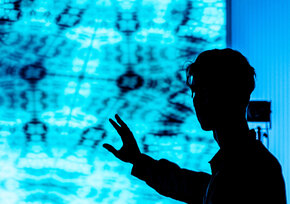
Ateliertage 2024
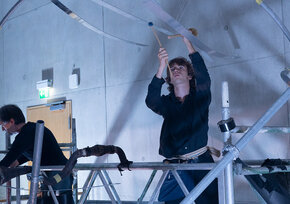
Museum of a future past
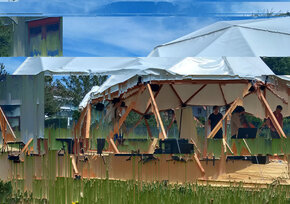
Ateliertage Summer 2023

Ateliertage Winter 2022/23
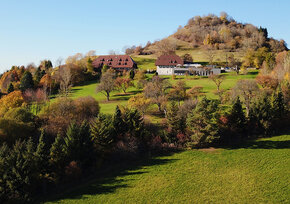
Hohenkarpfen XXI - Landart
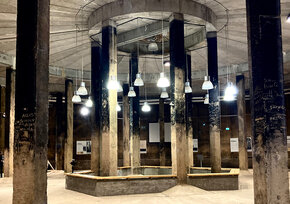
Bach in Bitterfeld
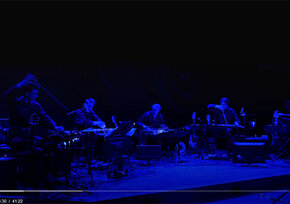
The Interstring Project
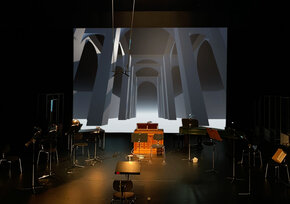
Renaissance Musik meets Digitalität
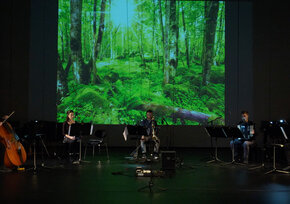
Neue Musik im ländlichen Raum
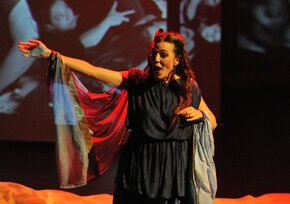
Ein Monteverdi-Pasticcio
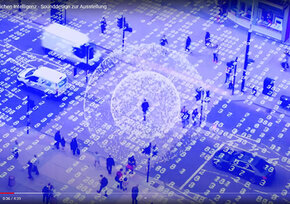
Ausstellung zur künstlichen Intelligenz
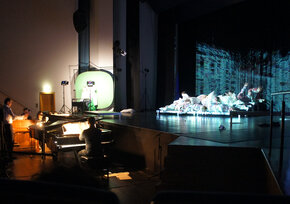
ORPHEUS multimedial
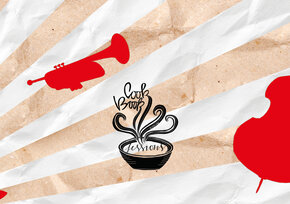
Cookbook Session - musikalische Küche
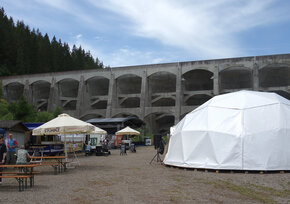
Experimentelle Musik und Medienkunst
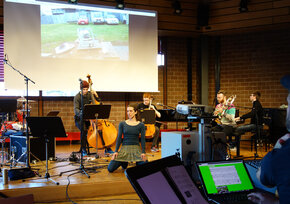
Switching World mit Alexander Schubert
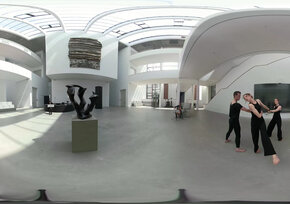
Creative Lab der Kunsthalle Mannheim
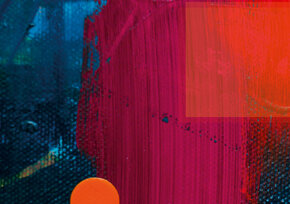
Hörspielserie "Im Tag ist Schatten"
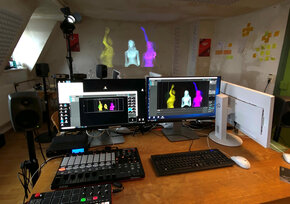
Musikdesign Open House
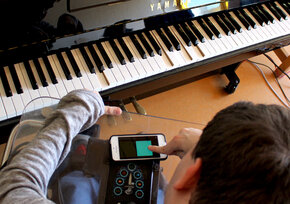
Kulturelle Teilhabe durch digitale Medien
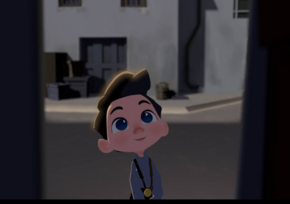
Nanyang Soundtrack Collaboration
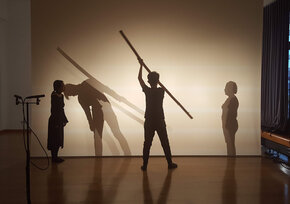
China-Trossingen: Vom Klang der Bilder
Topics and Research Focus
How are behavior, perception, communication, design approaches and aesthetic categories changing in connection with music in the digital age? How then is music composed, produced, marketed, and heard? What kind of music is it then? How can a conservatory change against the background of digitalization? The State Center MUSIK–DESIGN–PERFORMANCE dedicates itself to these questions.
A new ensemble culture arises through the cooperation of traditional musical practices with the possibilities of the digital music editing and communication: Rehearsal rooms, concert podium, digital music editing, and the internet do not create any contradiction, but rather open up a homogeneous, promising space for creativity and performance.
Information science and algorithms play a central roll in digital technology. Algorithmic (rule-based operations) can be traced by to the beginning of music. This particular connection between traditional and innovative musical thinking underscores the omnipresence of algorithmic composing in all musical genres. Knowledge of this per se deepens digital-musical skills. Programming electronic music in a playful design process broadens the understanding of "historic" music with new perceptions and can at the same time set their own creative processes in motion.
Particular attention is paid to the spatial sound parameter. An environment arises in the domain of sound with help from dome-shaped suspended speakers, with which sounds from anywhere can be placed around the listeners. This immersive environment can involve the listeners more in the sound.
Successful audiovisual performances (stagings in a space with music, light, picture, and movement) are based on well thought-out scenographic concepts. The possibilities for new performance formats extend from sculpture and picture production, video editing, and interactive exhibitions all the way to music and dance live performances with space and motion tracking
A whole new horizon opens up in both augmented and virtual realities, in which the interplay of digital technologies and artistic practice is explored. Systems of augmented and virtual reality are captivating more and more people, since sound, music, and visual environments can not only be experienced through them, but also experienced multimodally and holistically.
Digital media forms of communication and concepts of artistic identity are "State of Art." Strategy development, a digital portfolio, and social media presence are therefore core competencies for musicians in the digital age. To be able to reach the desired target groups, strategies for analysis and implementation of a personal communication concept are also required in addition to a high level of musical expertise.
According to the definition from the dictionary "Aesthetic Basics" by Heinz Hirdina, design means "the aestheticallyspecific design of industrially reproducible commodities." Carried over to muusic, one speaks about applied music - music, that is written and used for a specific purpose. A music-related design theory is occupied with questions of form and aesthetics: How do music and application context relate to each other? How is this music formed and how can it be systematized? In addition to established forms such as film music, new areas of applied music that are emerging as a result of technological developments, for example in virtual environments, are particularly exciting.
Digital musical instruments expand creative and receptive processes into a "media-morphosis" or "mediatization." These changes occupy old, traditional fields of musicology and simultaneously create new areas of musicological research and development in systematic, artistic, and pedagogical views.
Digitality and technological transformation support and demand new ways and topics in the area of learning and teaching. With both research projects, "Klang Apps" and "Making Music with Smartphones" the State Center is dedicated to relevant processes and their development in schools, music schools, and cultural institutions as part of the professorship for music pedagogy and music didactics in the context of digital media.
Music-related learning and creation processes with mobile devices are complex interactions that take places between the people involved, musical practices, and digital technology. Which apps are suited for which learning and creation processes and which music-related skills do the learners develop through the apps? The offerings of music-related applications and software solutions is unclear in the meantime. In the Apple App Store and Google Play, there are already 100,000 music-related apps available. Out of this necessity, ways were sought to arrange, select, and use apps for music in school in a targeted manner. The result is a cluster model that arranges the apps - similar to human actions - by their competencies and is based on four fields of activity/professions for which the use of the apps were primarily designed. All apps are connected by the handling sounds (KlangAPPs).
More about KlangAPPs - Cluster model and Communities
The research project "Make music with Smartphones" focuses on collaborative phases of music-making and creation of music with smartphones in music lessons in secondary schools. In this article, the authors focus on the interplay of music, teaching, and things related to design principles and local teaching-learning theories. Based on an iterative approach to the subject matter in connection with teaching-learning theories and corresponding design principles, it is advocated to abandon the distinction between a development and a research process in favor of a research process that includes both practical and theoretical dimensions. An essential moment is in relation to the concept of "design" in its diverse dimensions for this research project and in both didactic and empirical perspectives.
Combining our physical world with digital information – pictures, videos, text – in real time is brand-new. In Summer 2016 countless players hunted virtual fantasy creatures with their smartphones on the streets and squares. Tools of so-called augmented reality have been used for much longer, e.g. with the virtual offside line in live football broadcasts. And Navigation apps, which project the route instructions directly on the screen are no longer dreams of future.
Ensembles
TROLL Laptop Ensemble
Composers, performers, and sound artists come together in the Trossingen Laptop Ensemble in order to explore the boundaries between contemporary art sounds, computer music, and interactive technologies.
Open Source Ensemble
A new ensemble culture arises through the cooperation from traditional musical practices with the possibilities of digital music production and communication.
Open Source Guitars
Since 2008, the Open Source Guitars have been pursuing an innovative approach to guitar ensemble work with the aim of developing a new sound language and promoting networking with related art forms.
People
| Prof. Dr. Philipp Ahner Prof. Ludger Brümmer Prof.i.V. Christian Losert Prof. Sonja Lena Schmid Prof. Olaf Taranczewski Prof. Dr. Christina Zenk Emanuel Werres | Professor of Music Pedagogy and Music Didaktics in the Context of Digital Media Professor of Composition for Digital Media Professor i.V. of Intermedia Design and Sound Interaction Professor of Ensemble and Digital Performance Professor of Producing with Emphasis in Jazz/Pop Professor of Music-Related Design Theory in the Context of Digitaler Media Project Management |
In additional, more professors, teachers, employees of the Trossingen University of Music as well as numerous project partners are connected to the work of State Center MUSIK–DESIGN–PERFORMANCE.
Trossingen Hearkens to the Music of the Future!
Digital technology is changing our daily dealings with music and enables new musical ways of production and reception. They percolate in their diversity almost all musical activities and have long since advanced to become a ubiquitous composition and production tool in creative workshops. Something genuinely new emerges, while at the same time the traditional is also touched upon by new perspectives.
Change can be felt in music and its reception as well as in the music business and the professional profile itself and has a direct impact on the demands and demands placed on musicians today. Conservatories are faced with the challenge to broach the issue of this change in research, teaching, and artistic practice. A beginning is made through the State Center...
Contact
Are you interested in planning musical projects of the future with the State Center MUSIK–DESIGN–PERFORMANCE?
Please contact: Emanuel Werres, Project Management
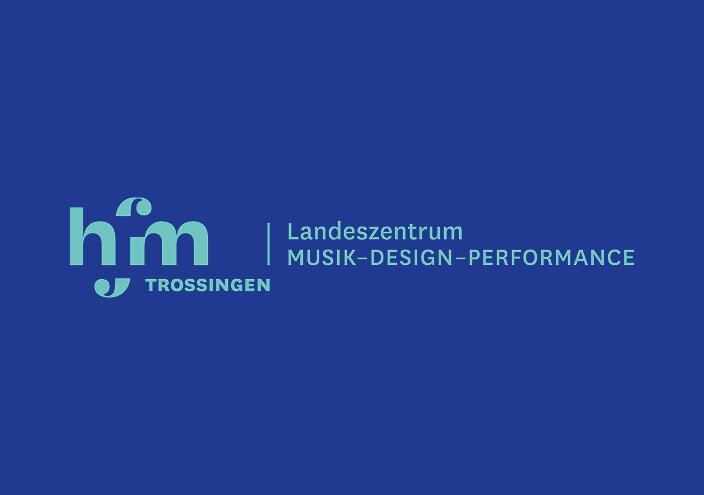
Landeszentrum MUSIK–DESIGN–PERFORMANCE
Staatliche Hochschule für Musik
Schultheiß-Koch-Platz 3
78647 Trossingen
Telephone 07425 9491-52
E-Mail emanuel.werres(at)mh-trossingen.de
Web www.landeszentrum.de
